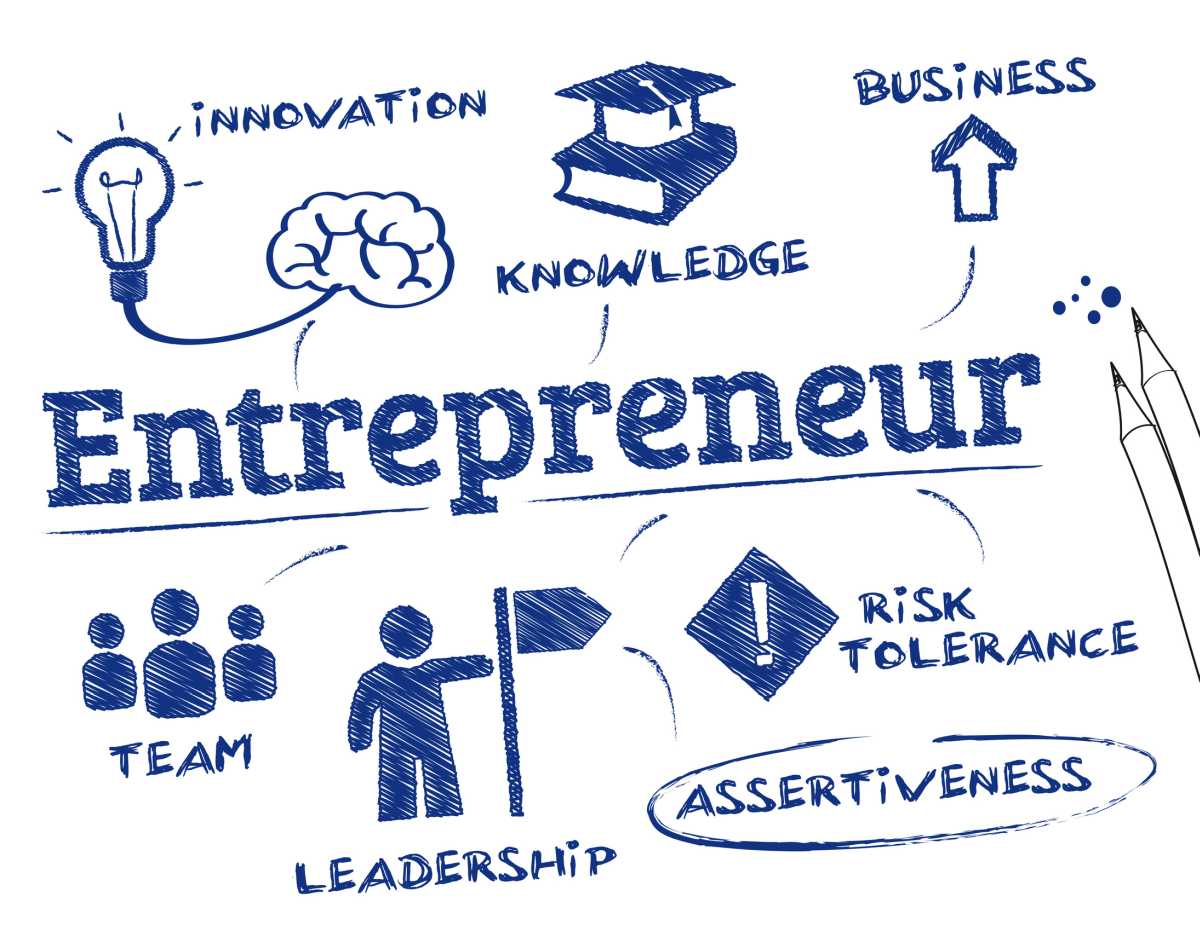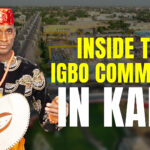In this series, we have so far brought out the differences and interrelationships between value, cost, and price. We have mentioned different types of costs and costing methods. Out of the several costing methods mentioned, we specifically discussed job costing. Today we will take up processing costing and begin discussions on pricing objectives, strategies, and methods.
Process Costing: Some industries and businesses produce large quantities of identical goods by processing raw materials (and work-in-progress, ‘WIP’) through a number of interlinked but distinct stages. Typically, raw materials and WIP pass through the production line in a continuous flow from an initial stage at the starting point to a final stage at the end. Process costing is suitable in such businesses as sugar refineries, petrochemicals, candy production, etc.
FG gets Ukraine’s nod to evacuate Nigerians stranded in Sumy
Gombe governor urges NNPC to begin oil exploration at Kolmani River
ICMA defines Process Costing as a “… form of operation costing which applies where standardised goods are produced.” (The same Institute defines operation costing as “…the category of basic costing methods applicable where standardised goods or services result from a sequence of repetitive and more or less continuous operations or process which costs are charged before being averaged over the units produced during the period.”)
Even as production is standardised and continuous though, each process stage is distinct as it takes the output from a previous stage as its input. After processing at that stage, the output serves as the input to the next production stage. Costs are compiled by preparing an account for each process. To determine the unit cost of output at the end of each stage, the total production cost of the stage is divided by the total quantity of the output at that stage over, usually, a time period. Below is a simple process costing schematic.
Where there are losses, such as due to, for instance, spoilage or evaporation, the loss is to first be classified as either ‘normal’ or ‘abnormal’. The cost of normal losses is absorbed by the good units completed, which will, obviously increase the final average cost per unit. If the loss is, however, deemed abnormal, it will be valued as a ‘good unit’ and then debited to an ‘Abnormal Loss Account’.
The objective of every costing method or system is to come up with a figure that is a true and ‘fair’ capture of what you have invested in terms of material, labour and factory overheads. But that will only give your production cost or your ‘cost of goods sold’, ‘CoGS’. Beyond your CoGS, you must also capture what we mentioned earlier as Selling, General and Admin (‘SGA’) expenses. In the midst of everything, your ultimate objective is that your sales revenue must cover your CoGS to make you a gross profit. And beyond making a gross profit, you also need to cover your SGA to make a net profit before taxes.
Often, it happens in our environment that we pass the cost of our personal and business inefficiencies and failures on to the customer. That is wrong in the short term and unsustainable in the long run. Consequently, a business must strive to be excellent at effectively providing its products to its customers efficiently. To partly do that, costing must be done carefully and taken seriously and fairly. If you don’t capture all your costs, you stand a high risk of losing money by selling your products at a price that doesn’t make you any profit. If, on the other hand, your business is inefficient and costing method is not ‘fair’, you will end up rendering your business uncompetitive. This happens when, as a result of your unnaturally high cost, you end up pricing your products much higher than your competition without any value differential perceivable and acceptable to your customers. This is a major cause of losing the trust and ultimate patronage of your customers.
Pricing: There are different ways businesses price their products based on pricing objectives and pricing strategies. The objectives might be profit-related, sales-related, competition-related, customer-related, etc. The strategies, on the other hand, include cost-plus pricing, market-oriented pricing, and dynamic pricing.
Profit-related pricing objectives refer to the focus of a business management to make profit. Whilst this might seem to go without saying, the reality is that there are times when a product could be deliberately sold at a price that wouldn’t make it profitable to the business. This happens, for instance, in loss leader pricing scenarios. Loss leader pricing is a pricing strategy that involves selling a product at a price that is not profitable for the purposes of attracting new customers or selling other products to prospective and/or existing customers.
If your goal is profit-driven, your company can set product pricing based on a particular profit target either on absolute basis or in terms of return on investment made or just a percentage mark-up. Generally speaking, a profit-related objective leads to a cost-plus pricing strategy. This means that after the cost of the product is determined, the entrepreneur will then add a mark-up to set a price on any basis as mentioned above.
A costing process that is simple, yet robust and a pricing strategy that is wise are key to profitable operations and wealth creation. We will conclude this series next week by taking up a few more pricing objectives, methods and strategies.

 Join Daily Trust WhatsApp Community For Quick Access To News and Happenings Around You.
Join Daily Trust WhatsApp Community For Quick Access To News and Happenings Around You.


